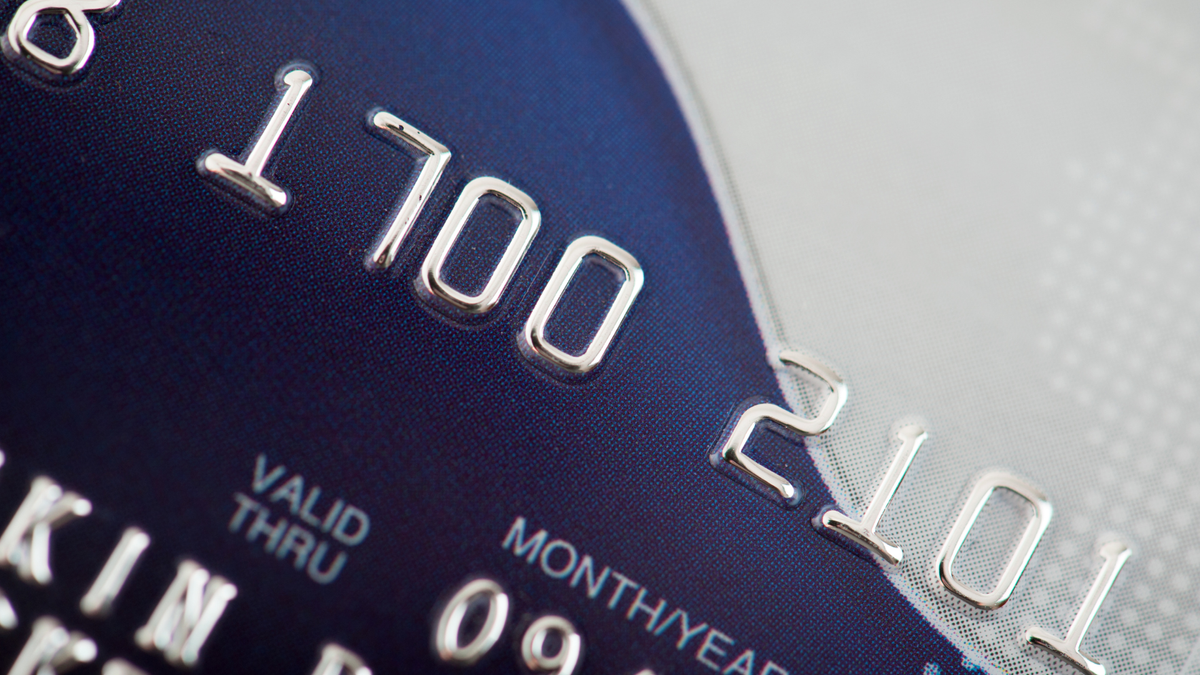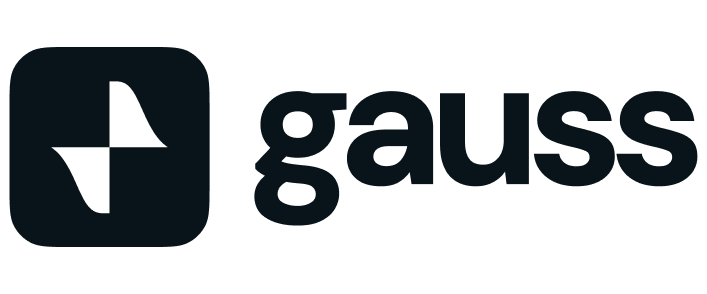Understanding The Difference Between Revolving Debt and Installment Debt: A Comprehensive Guide

Managing personal finances is a complex task that requires understanding a variety of financial products and terms. Among these, revolving debt and installment debt are two concepts that every consumer should understand. This guide aims to explain the difference between revolving debt and installment debt, their advantages and disadvantages, and how to manage them effectively.
Introduction to Revolving Debt and Installment Debt
Revolving debt and installment debt are two primary types of credit that individuals and businesses use. While both are forms of borrowing, they function differently, have different terms, and affect credit scores in different ways.
Understanding the difference between revolving debt and installment debt is crucial in making informed financial decisions. This understanding can also help you choose the right type of loan depending on your financial situation and goals.
Understanding Revolving Debt
Revolving debt refers to a credit arrangement that allows borrowers to spend, repay, and spend again up to a certain limit. The most common forms of revolving debt are credit cards and lines of credit.
In revolving debt, the borrower does not have a fixed number of payments. Instead, as long as the borrower stays under the credit limit and meets minimum payment requirements, they can continue to use and repay the credit indefinitely.
The interest on revolving debt is calculated based on the outstanding balance. Hence, the more you owe, the more you'll have to pay in interest.
Pros and Cons of Revolving Debt
One of the main advantages of revolving debt is its flexibility. Borrowers can use as much or as little credit as they need, repay it, and then use it again. This can be particularly useful for managing cash flow or dealing with unexpected expenses.
However, this flexibility comes with a downside: high-interest rates. Revolving debt typically carries higher interest rates than other types of debt, which can lead to significant costs if the debt is not managed carefully.
Another potential disadvantage of revolving debt is its impact on credit scores. If a borrower consistently uses a high percentage of their available credit, it can negatively affect their credit score.
Understanding Installment Debt
On the other hand, installment debt is a type of loan with a fixed number of payments. Each payment reduces the principal amount and covers the interest. Mortgages, auto loans, and student loans are all examples of installment debt.
With installment debt, the borrower knows exactly how much they need to pay each month and when the debt will be fully repaid. This predictability can make installment debt easier to manage than revolving debt.
However, the terms of installment debt are usually set at the time of borrowing and can be difficult to change. This means that borrowers have less flexibility than with revolving debt.
Pros and Cons of Installment Debt
Installment debt has several advantages. First, it generally carries lower interest rates than revolving debt. Second, the fixed payment schedule makes it easier to budget and plan for repayments.
However, installment debt also has its downsides. One significant disadvantage is the lack of flexibility. Once you take out an installment loan, you're committed to making the same payment every month for the duration of the loan.
Additionally, taking on too much installment debt can strain your finances and make it difficult to handle unexpected expenses.
The Difference Between Revolving Debt and Installment Debt
While both revolving debt and installment debt are types of credit, the key difference lies in their repayment terms and flexibility. Revolving debt offers more flexibility, as you can borrow and repay repeatedly. However, it typically comes with higher interest rates.
On the other hand, installment debt has fixed repayment terms and usually offers lower interest rates. However, it provides less flexibility, as you cannot adjust your payment amount or term once the loan is taken out.
Guaranteed $3000 Installment Loans for Bad Credit: A Closer Look
Guaranteed $3000 installment loans for bad credit are a specific type of installment loan designed for individuals with a poor credit history. These loans provide a fixed amount of $3000, which borrowers must repay in regular installments over a predetermined period.
The key advantage of these loans is that they offer guaranteed approval, even for borrowers with bad credit. This makes them a viable option for those who might struggle to qualify for other types of credit.
However, like other types of installment debt, these loans come with fixed repayment terms and typically higher interest rates than those offered to borrowers with good credit. Therefore, they should be considered carefully.
Tribal Installment Loans Direct Lenders No Credit Check: What You Need to Know
Tribal installment loans direct lenders no credit check are another type of installment loan. These loans are offered by tribal lenders, who are Native American businesses operating under the sovereignty of their respective tribes.
Unlike traditional lenders, tribal lenders do not perform credit checks, making their loans more accessible to individuals with bad credit or no credit history. However, it's important to note that these loans often come with high-interest rates and fees, making them a costly form of credit.
Additionally, because tribal lenders operate under tribal law rather than federal law, borrowers may have fewer protections and recourse options in the event of a dispute.
Strategies for Managing Your Debt
Whether you have revolving debt, installment debt, or both, effective debt management is crucial. One strategy is to prioritize paying off high-interest debt first, as this can save you money in the long run.
Another strategy is to consolidate your debts. This involves combining multiple debts into one, ideally with a lower interest rate. This can simplify your payments and potentially reduce the amount you pay in interest.
Finally, creating a budget and sticking to it can help you stay on top of your debt repayments and avoid taking on more debt than you can handle.
Conclusion
Understanding the difference between revolving debt and installment debt is key to making informed financial decisions. While revolving debt provides flexibility, it often comes with higher interest rates and can impact your credit score. Installment debt, on the other hand, offers predictable payment schedules and lower interest rates, but less flexibility.
Whether you choose revolving debt, installment debt, or a combination of both, it's important to manage your debt effectively and responsibly. By understanding your options and making informed decisions, you can take control of your financial future.
Do you have unpaid credit cards?
Gauss money can help pay off your credit cards easily. Pay off any credit card balance using a low-interest credit line from Gauss. You’ll save with a lower APR and you can pay off balances faster. Gauss offers no annual fees, no origination fees, and no fees of any kind. Check out Gauss for a lower APR today to maximize your credit cards.
Use tools like the credit card payoff calculator to visualize your progress overtime, and get insights into how much you should put towards your debt to achieve your debt free date. Our debt payoff calculator and debt tracker is 100% free to use via our website or our mobile app.
Give yourself some credit with Gauss Credit Builder. Start building credit in just a couple of days not months.
